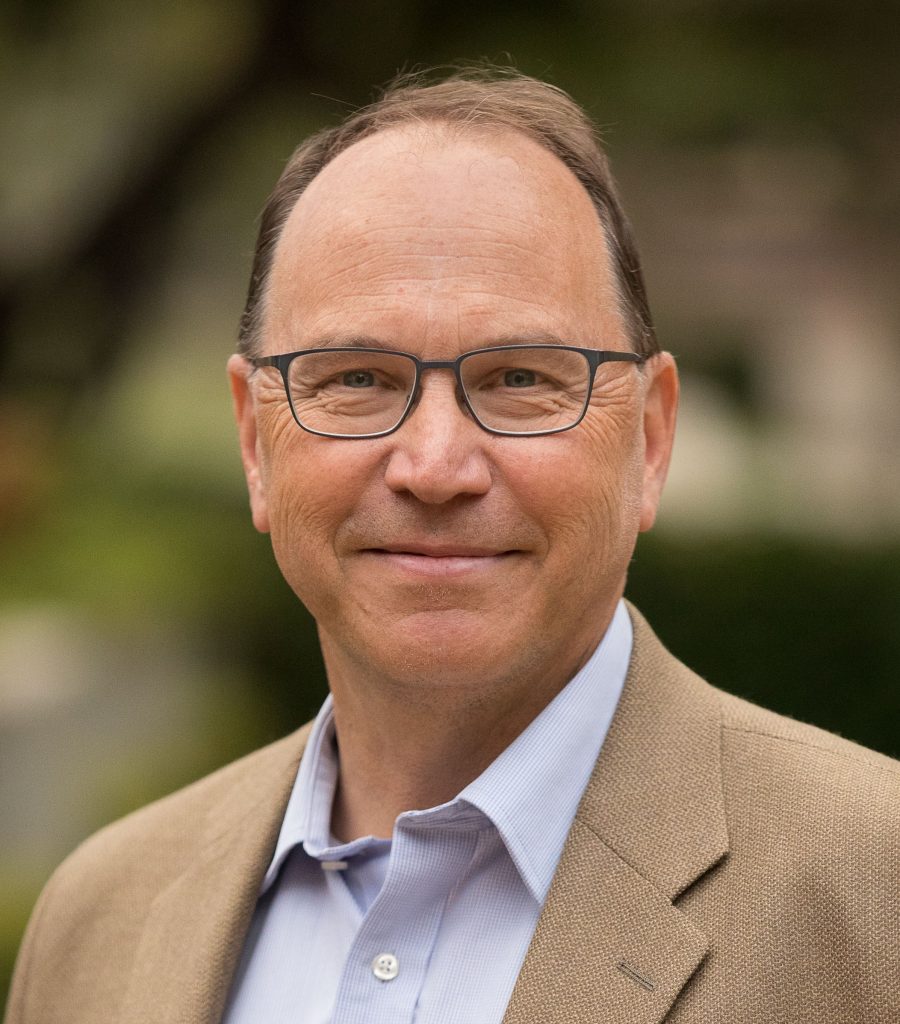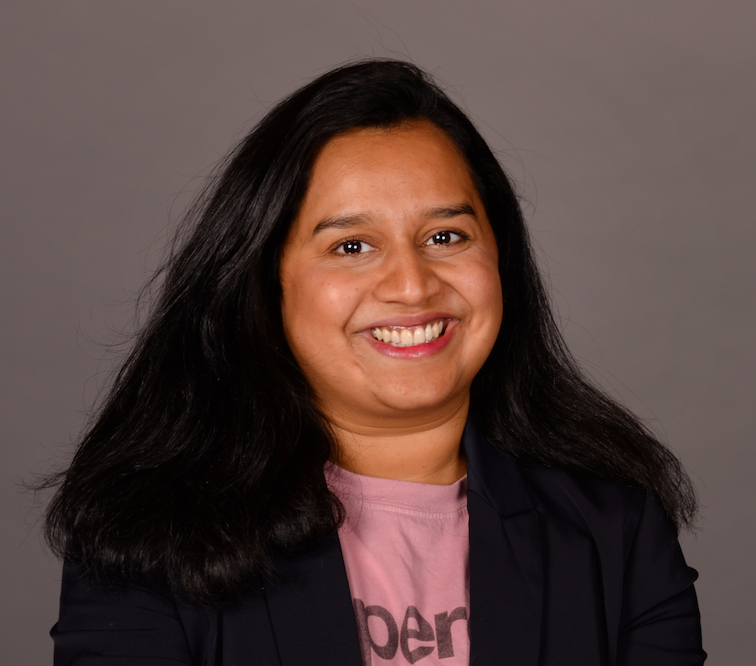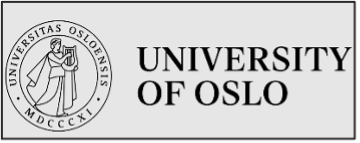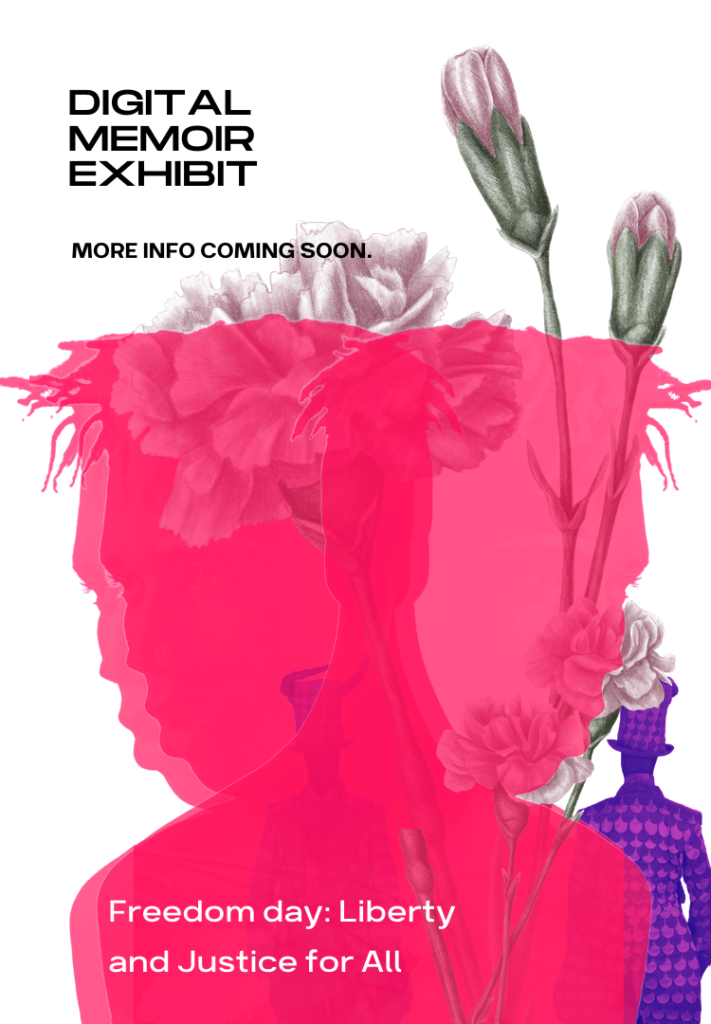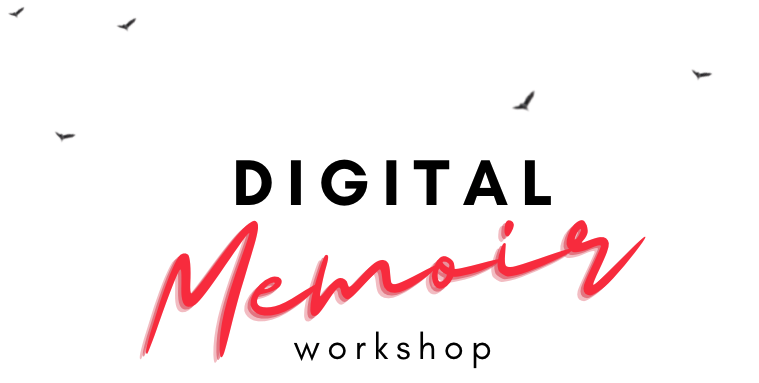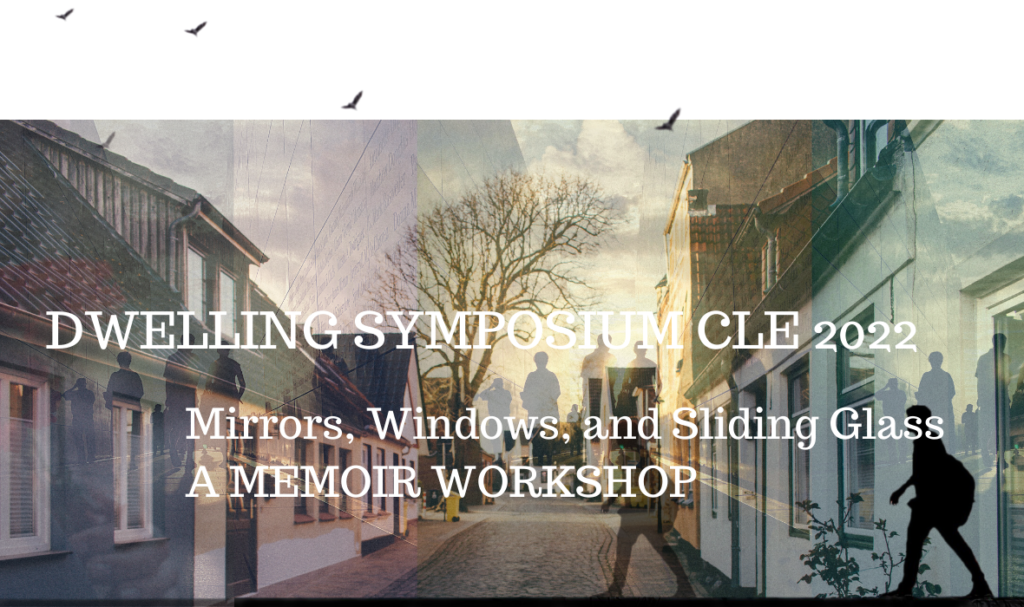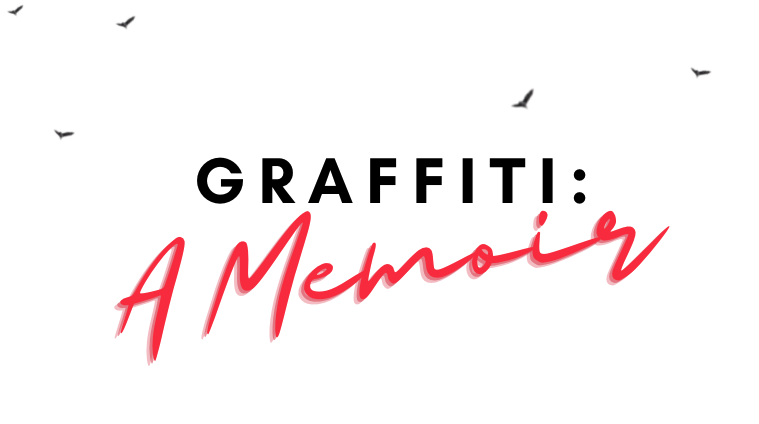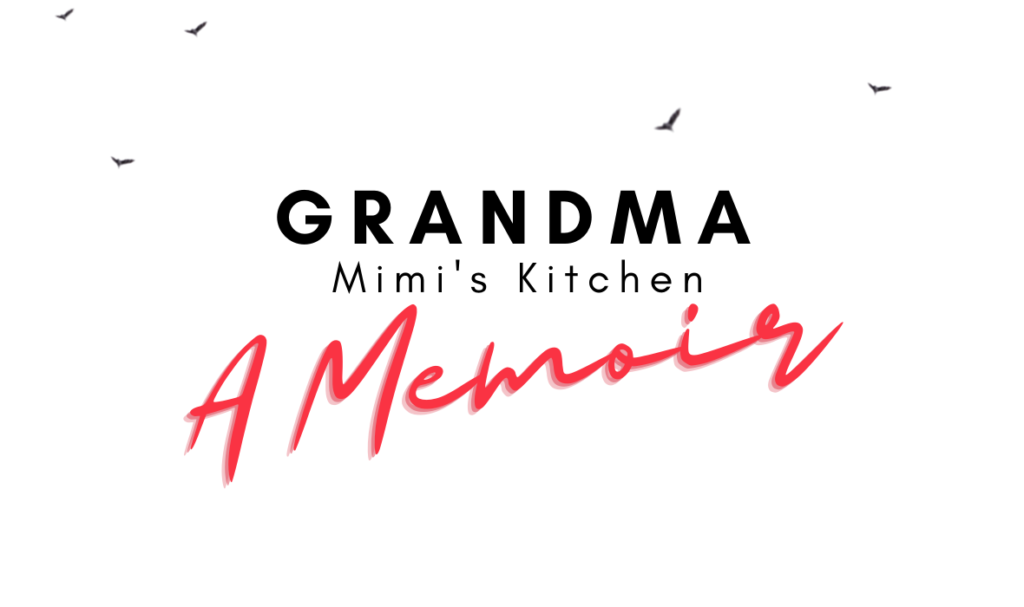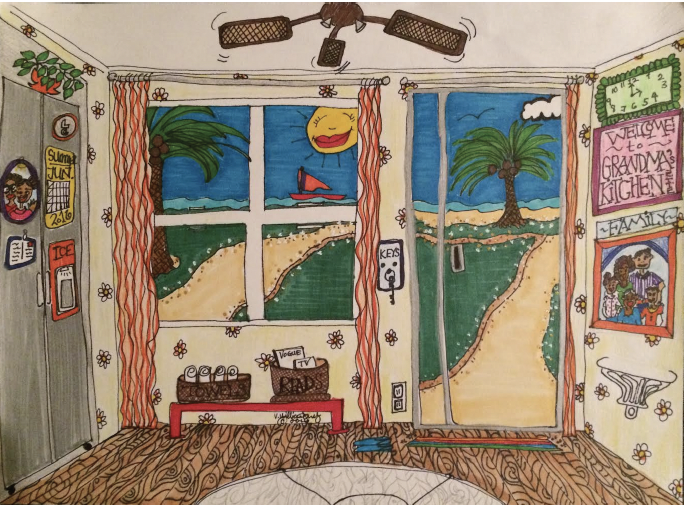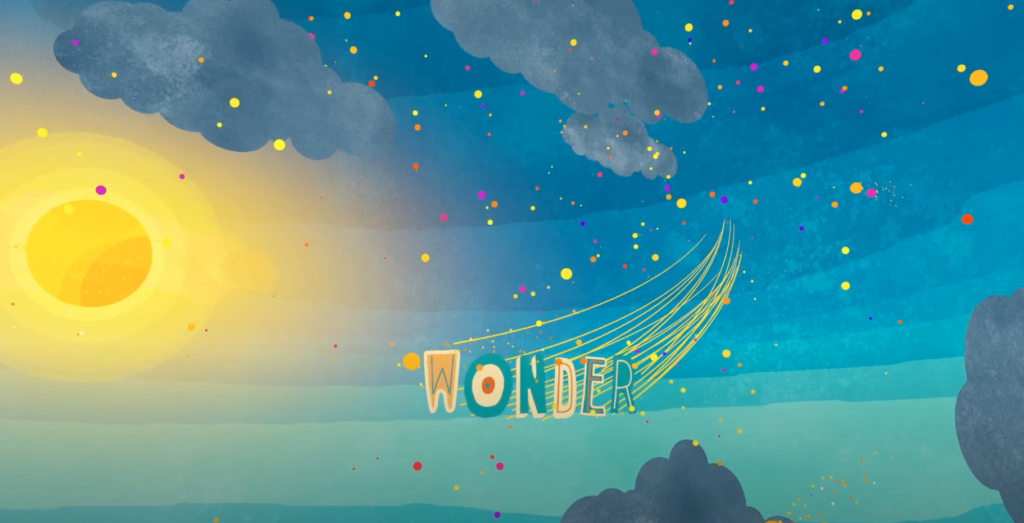CLE AND THE UNIVERSITY OF OSLO
15-17 June 2023
KEYNOTE SPEAKERS
Timothy R. Tangherlini
Professor of Scandinavian, UC Berkeley
Conference Speaking Engagement: Good, Bad or Creative? Deeplearning, Kpop and TikTok challenges
Professor Tangherlini’s research focuses on folklore, and aspects of informal culture in Scandinavia, with a primary focus on Denmark. A folklorist and ethnographer by training, he has worked extensively on understanding the circulation of informal storytelling in both agrarian and urban communities, and the manner in which stories both reflect and inform changes in social, economic and political organization. He has developed various computational methods for the study of topic change and geographic distribution in large folklore corpora. These include standard descriptive statistical methods, the application of probabilistic modeling, natural language processing techniques, and the use of historical geographic information systems (hGIS).
Tejaswinee Kelkar is a music technologist, teacher and vocalist. She holds an associate professor ii position at the University of Oslo, where she teaches in the Music, Communication and Technology masters program. She works as a data analyst at Universal Music Norway, working with programming tools for business intelligence for Norway and reporting solutions for other territories. She finished her PhD with the RITMO center of excellence at University of Oslo in November 2019. Her research interests are melodic cognition, motion-capture and musical-cultural analysis. Her research focus is on how aspects of melodic perception are illustrated through multimodality, and linguistic prosody.
CALL FOR PROPOSALS (NOW CLOSED)
Cultural Literacy Everywhere is delighted to announce its 2023 Conference on the topic of Digital Creativity. It will be held on 15–17 June 2023 as a hybrid event co-hosted by the University of Oslo. You are invited to send in a proposal for a 10-minute discussion paper, a show-and-tell demonstration, or a 1-hour interactive workshop by the deadline of Saturday 21 January 2023 at noon GMT/UTC.
In Between Past and Future (1961), Hannah Arendt wrote: ‘the world we have come to live in […] is much more determined by man acting into nature, creating natural processes and directing them into the human artifice and the realm of human thought’. According to Charles Travis (2018), Arendt was anticipating our current cultural landscape, characterized by an increasing confluence of analog, digital, and natural environments. Since the 1980s, we have witnessed a steady expansion of the ‘digital humanities wave’ – from the digitization of historical or cultural material to digital analysis and visualization and currently how humanities discourses influence applications and codes.
In this environment of the Digital Anthropocene, with its transformative technological and critical practices, we can detect emerging creative trends haunted by a sense of threat and challenge. This mix of curiosity for the new and fear of loss and nostalgia appear in the academic domains of the humanities and social sciences – now often in close collaboration rather than a perpetual collision with areas such as genetics and bioinformatics. In addition, cross-disciplinary activities of knowledge production are creative endeavours within the digital landscape and big data environment, where they respond to a novel need to explore and assess not only the ontological implications of the digital age but also our roles in making it.
This two-day Conference is designed to generate active discussion on creative practices in the digital age, focusing on thinking, talking, and showing what such practices can be or become.
Proposals might include the following:
- Digital humanities activism and hashtag journalism
- The role of the digital in diaspora cultures
- Data science and visualization
- Human-machine co-creation: The possibilities of AI in the arts and humanities
- Creative computing as a tool for learning and discovery in the humanities and social sciences
- Creativity and cognition
- Sonic material and new forms of social critique
- Digital creativity, affect, and pleasure
- The role of memory and nostalgia in the digital age
- Digital narratives and life writing
- Digital creativity and ethical considerations
HOW TO APPLY: We invite 300-word proposals in English for a 10-minute presentation or a show-and-tell demonstration or 50-minute interactive workshop. Please include your presentation title, your name, affiliation (if applicable), and a short biography (max. 100 words). Please indicate on your submission whether you would like to participate in person or online. Send this as an email attachment to Dr Aino Rinhaug (aino.heerakweon@gmail.com) and Prof Naomi Segal (naomi.segal@sas.ac.uk) by the deadline of Saturday 21 January 2023 at noon GMT/UTC. No late proposals will be considered.
LOCATION: The conference will take place at the Voksenåsen conference hotel in the Oslo Forest; subsidised charges will be announced at a later date. Please note: Norway is not a member of the EU.
CLE MEMBERSHIP: You must be a member of CLE in order to attend the Conference. To join CLE see Sign up for Membership.
CONFERENCE FEES: Standard £100; Unwaged/Hourly paid £50.
BURSARIES: Several bursaries are available; the successful applicants will receive an award plus fee-waiver. The competition will open on Tuesday 31 January and close on Tuesday 14 February 2023.
Any enquiries: please email Naomi Segal (naomi.segal@sas.ac.uk)
or Aino Rinhaug (aino.heerakweon@gmail.com)

